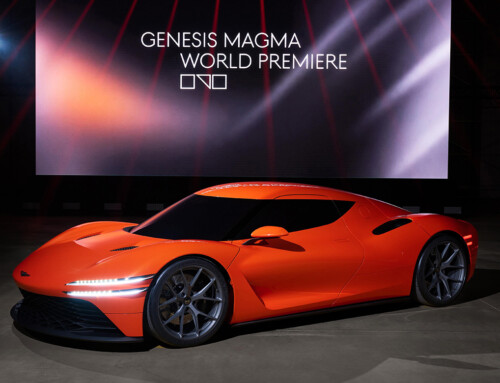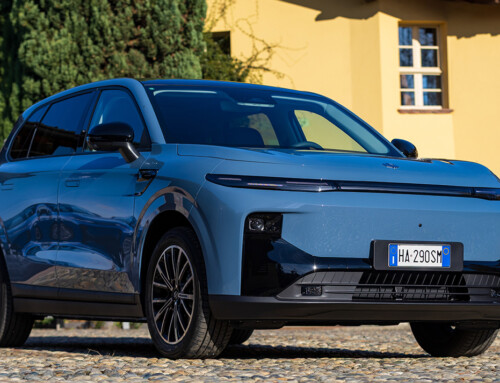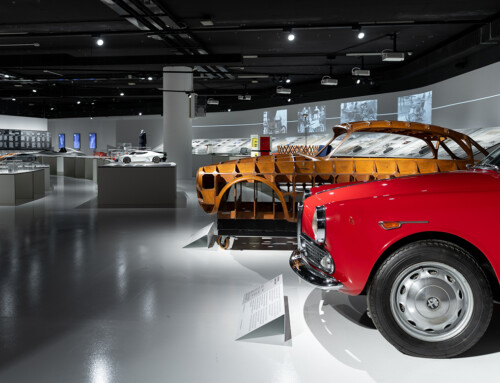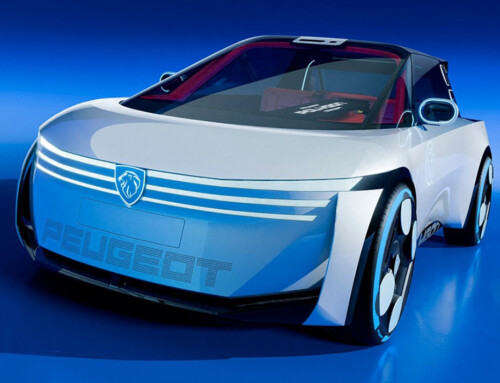Produced from 1969 to 1977, the Škoda 100 was the brand’s first vehicle to exceed one million units sold. Although it was considered an affordable and popular car at the time, owning one was far from commonplace. This inspired designer Martin Paclt to reinterpret the model with a more premium character, similar to that of a limousine: “I was inspired by the proportions of the Superb, and the resulting concept turned out to be slightly larger.” One of the main reasons for choosing the Škoda 100 was the model’s popularity, which Paclt remembers from his childhood. “I wanted to work with a car that people knew well and that many of them had owned. The Škoda 100 won me over with its clean, timeless lines, which are very much in tune with the current Modern Solid design direction,” he says.
From the outset, Paclt knew he didn’t want a retro-style reinterpretation. The goal was to preserve the essence of the original through its proportions and overall character. The reinterpretation therefore remains a classic sedan with elegant, flowing surfaces and large, uninterrupted volumes. The modern version also incorporates several contemporary elements, including the four-element headlight graphics, a sculpted hood with a crease, the Škoda logo, and prominent light strips that extend across both the front and rear. These details refer to the chrome finish on the front and the rear air intake of the original model.
One of the most unconventional features of the concept is the rear section of the bodywork behind the rear doors. This area was inspired by the similar shapes of the front and rear windows of the original car. “The windows were almost interchangeable, and I thought it would be interesting to play with this connection,” explains Paclt. This idea led to a bold design move: the rear window was completely eliminated. This allows the rear surfaces of the bodywork to mirror the sculptural language of the glazed front end. “It’s a small attempt to challenge established rules.










